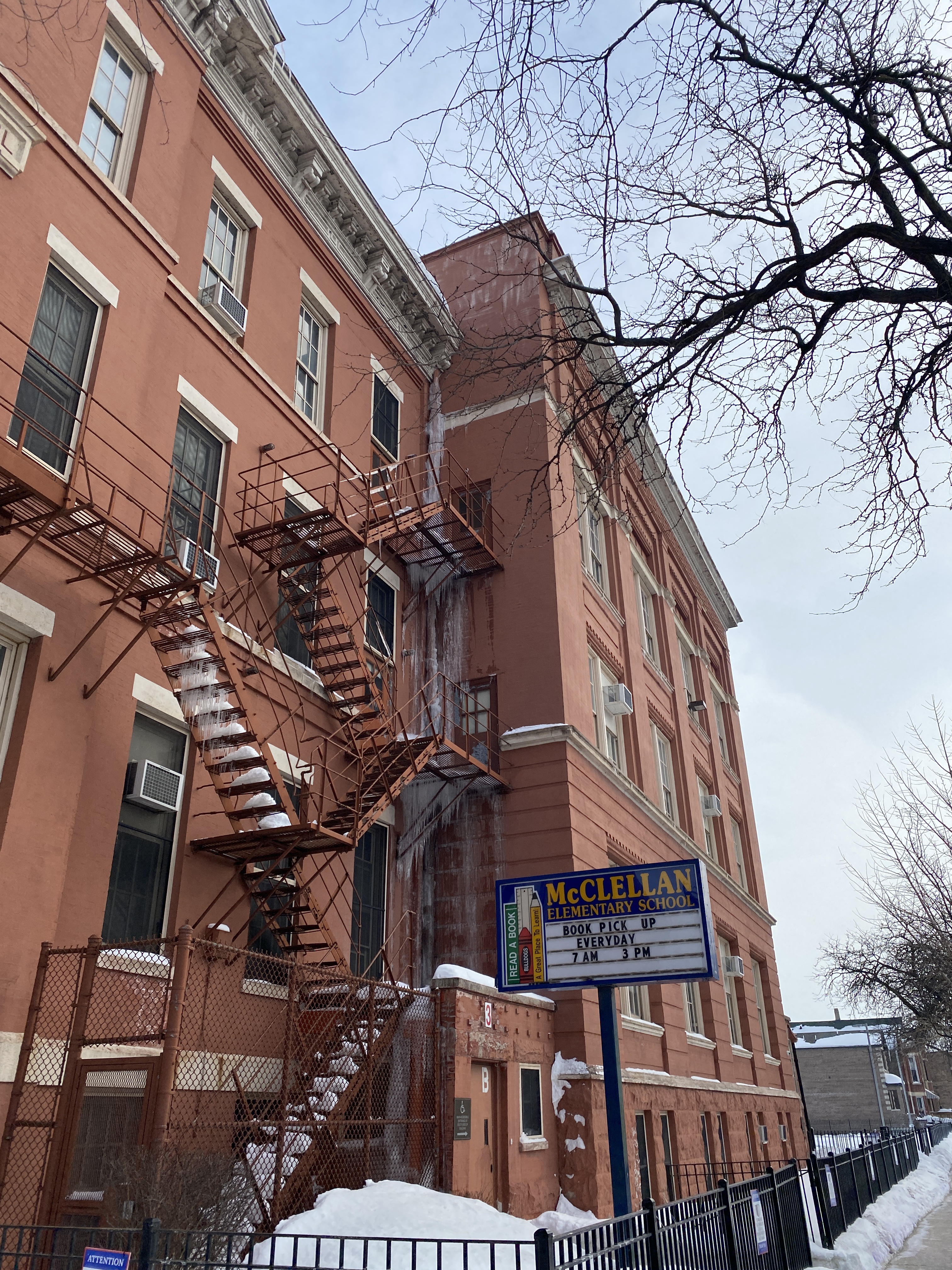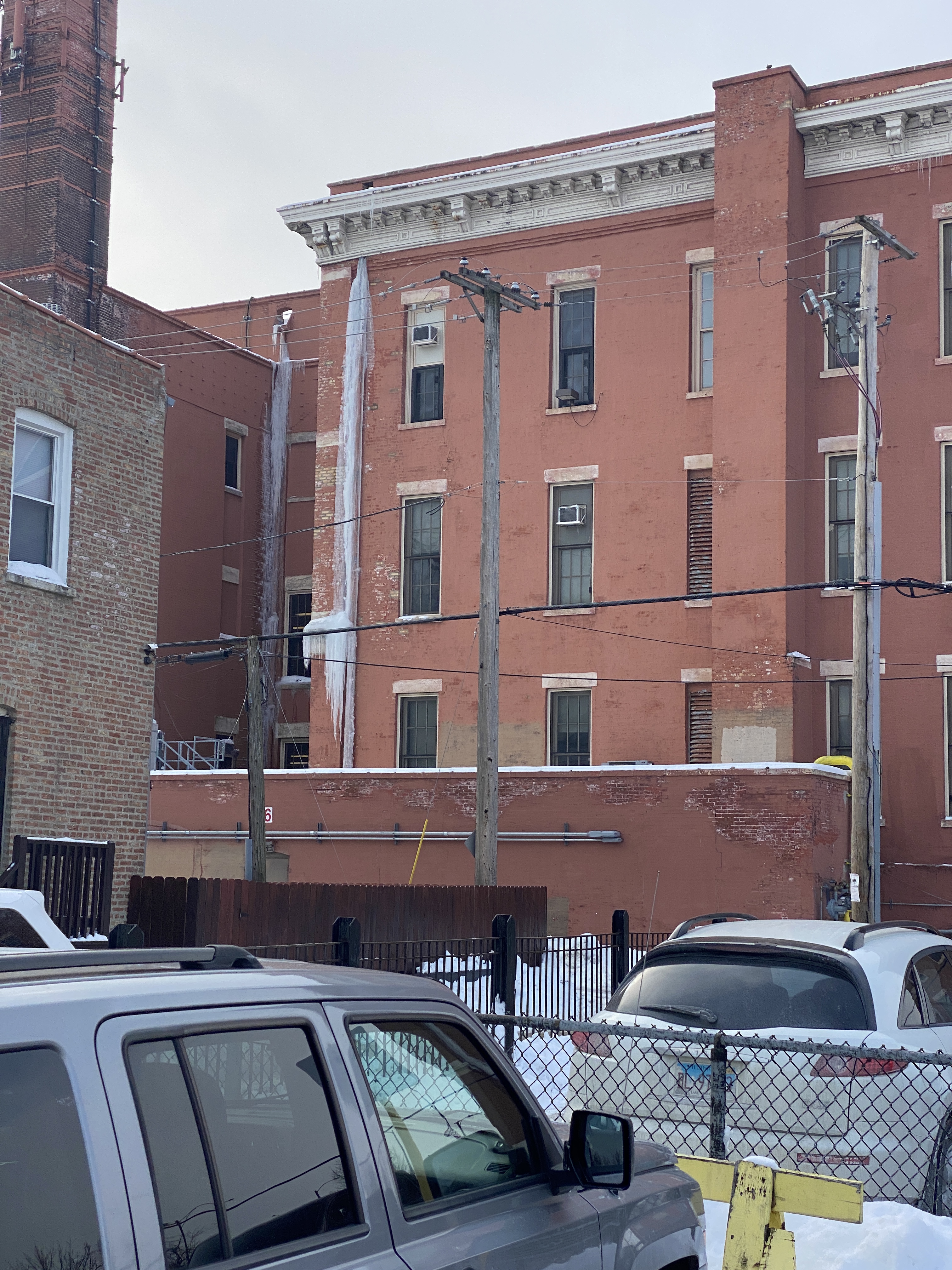NBC DFW
@NBCDFW
WATCH LIVE: ERCOT leaders are convening in their first meeting since the winter storm disaster left millions of Texans without power for days.

What is important here is the photo.
This is a counter flow water cooling tower such as is used in coal fired power plants and the petrochemical industry (which is why I know about them). Hot water is pumped into distribution trays at the top of the tower and then falls down against a flow of cool air pulled up by fans. The water cools and then is pumped to heat exchangers to remove heat from the process.
This type of cooling tower has an inherent vulnerability. When the air temperature drops below freezing, drift (small water droplets) from the tower will freeze on nearby surfaces including the tower itself. In the photo ice has begun to build up at the air inlet to the tower. If nothing is done ice can build up so much that the tower may collapse under the weight.
That happened to a cooling tower in Canada at a plant owned by my employer which is one the the things that caused me to learn about cooling towers in addition to worrying about the cooling water chemistry at a time when traditional water treatments (chromates mostly) were facing bans.
So how do you prevent a wooden water cooling tower from icing?
1- Shut down the operation entirely. This was a popular option along the Gulf Coast last week.
2- Shut off the fans or even reverse them. This makes the tower less efficient so the cooled water is warmer. This is not a long term solution but it might get you thru and day or so. (Note, the air leaving the tower via the stacks must be above freezing temperature otherwise ice will build up on the fan blades.)
3- Use steam to warm the tower. Of course the steam pipes and valves must be in place ahead of time. My employer had plants in Alberta that used this type of cooling tower. Their towers were covered with steam pipes intended to prevent freezing during winter.
What do you not do (that inexperienced plant operators are likely to do).
1- Turn off the water flow to some of the tower cells (in the photo each fan pulls air thru a single cell). Yes, this will make the cooling water warmer but the cells that are dry will cool quickly and ice will build up on them from the drift from the still operating cells. This is a good way of insuring a collapse.
2- Turn off the water flow entirely. Unless the pipes and pumps are drained this risks freezing the pipes and pump which may cause bursting.
Other issues.
1- Drift. All water cooling towers produce drift. In the winter this drift builds up as ice on nearby surfaces. A local ice storm in effect. It is a good plan to located such towers well away from other structures, parking lots and so forth.


